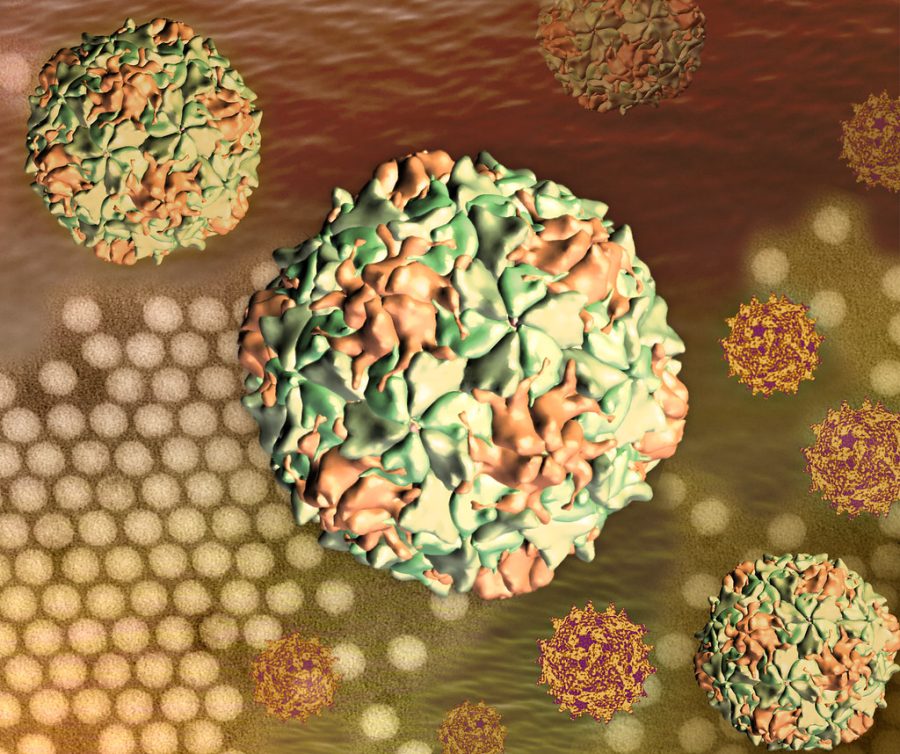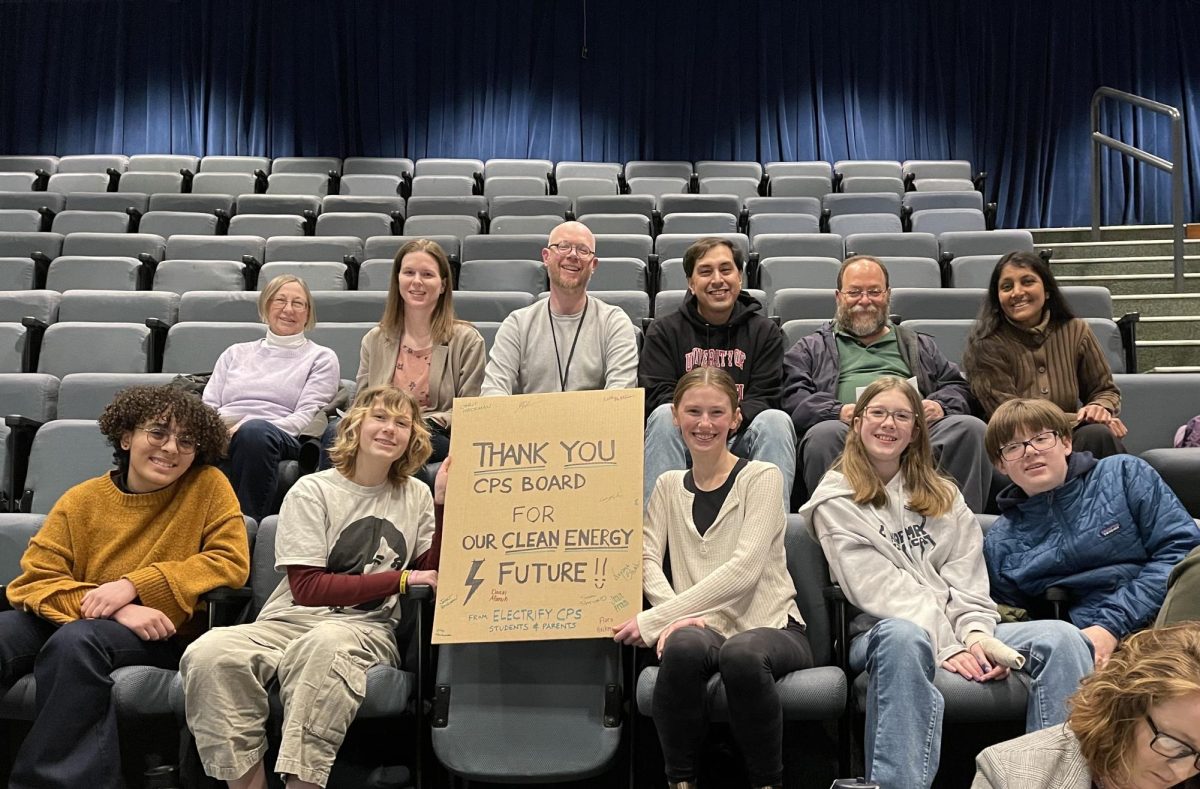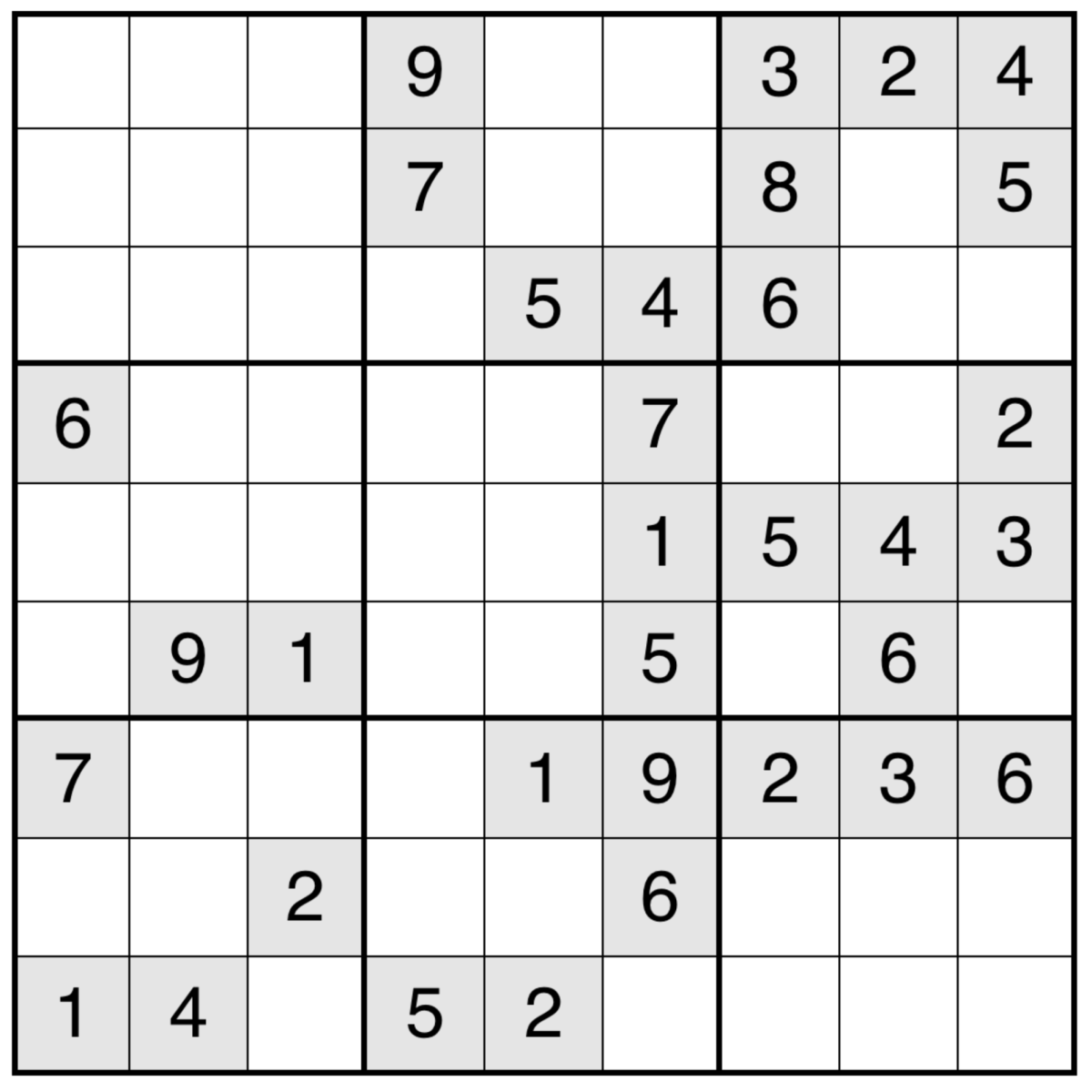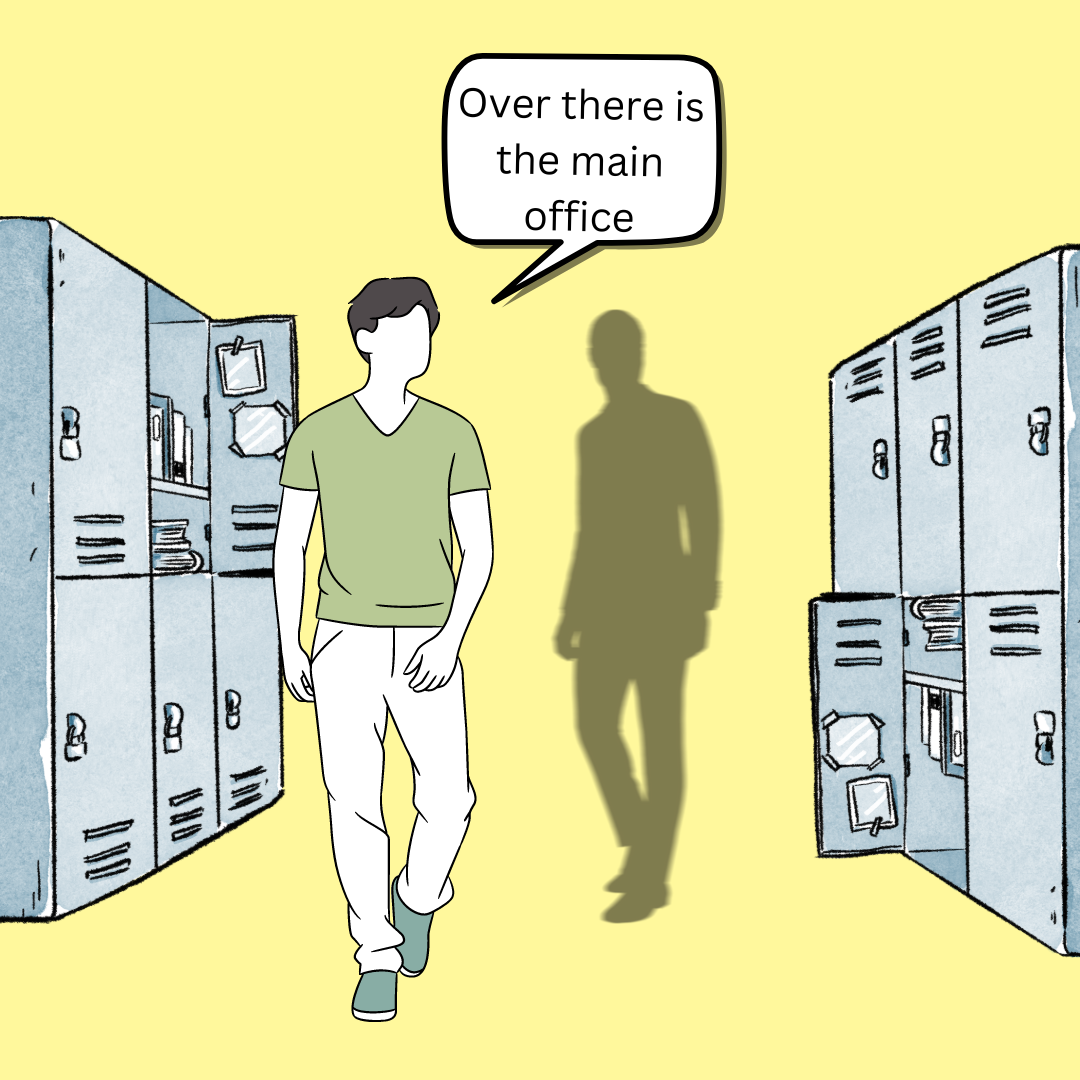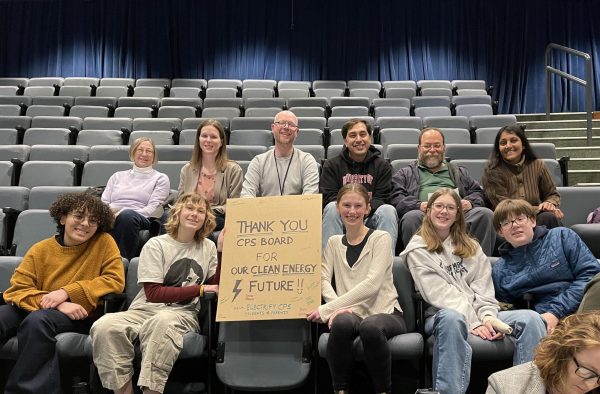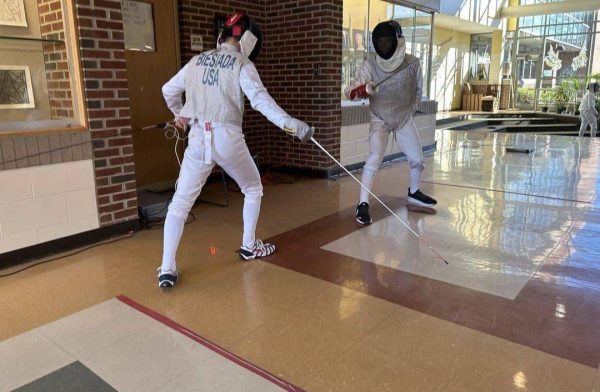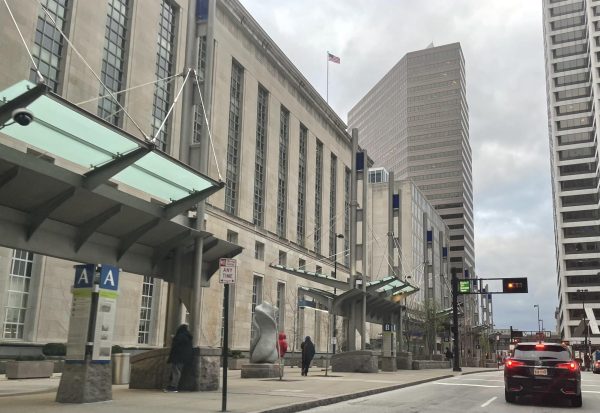Polio resurrection raises concern among Americans
Used with permission from flickr.com
A 3D photo of what the Polio virus looks like.
October 6, 2022
Several diseases have been spreading over the past year, starting with the Omicron variant of COVID-19, then the breakout of Monkeypox and now a potential resurgence of Polio. Over the summer, there was a case of a 70-year-old man admitted to the hospital in Rockland County, NY, who was diagnosed with the Polio virus. Polio was also recently found in the wastewater systems of New York. According to the Yale School of Medicine, many Americans are wondering if they should brace themselves for another deadly virus outbreak.
Polio, also known as Poliomyelitis, is an enterovirus virus that is spread by the fecal-oral route. According to the CDC, it spreads through contact with the stool of an infected person or droplets from a sneeze or cough. Polio does not usually give off any visible symptoms. One in four people infected can develop flu-like symptoms.
25% of people infected with Polio develop an infection in the brain and spinal cord, which can lead to paralysis. Paralysis can lead to difficulty with breathing and eventually death in a small number of people. Years after paralysis, patients may also develop a post-paralysis syndrome that can cause muscle weakness similar to their initial paralysis
Polio has been in North America for about 100 years and was a prevalent issue decades ago. The virus was first identified in 1908 by Dr. Erwin Popper and Dr. Karl Landsteiner, according to The College Physicians of Philadelphia. In 1916, about 6000 people in New York alone died from Polio and many more were paralyzed soon after. Then in the 1950s, the Polio vaccine was developed by Jones Salk and Albert Sabin and the U.S. started distributing them to the general population. Thirty-nine years later, Polio was eliminated from the Americas, until now.
The CDC recommends most people, especially children, get the Polio vaccine as part of routine immunization. Children should take four doses, at 2 months, 4 months, 6-18 months, and 6 years, respectively. Two Polio vaccinations guarantee 90% protection, while three doses guarantee 99% protection against Polio, according to the CDC.
As Americans are bracing themselves for the possibility of the reemergence of Polio, Howard Forman, MD, professor of radiology and biomedical imaging at Yale University advises the public on containing outbreaks. “The biggest thing is communication efforts to everyone, particularly starting in the areas where we know we have outbreaks—New York City, Orange County, Rockland County. We need to get people to recognize that our vaccination efforts are only successful if people continue them,” Forman said.



